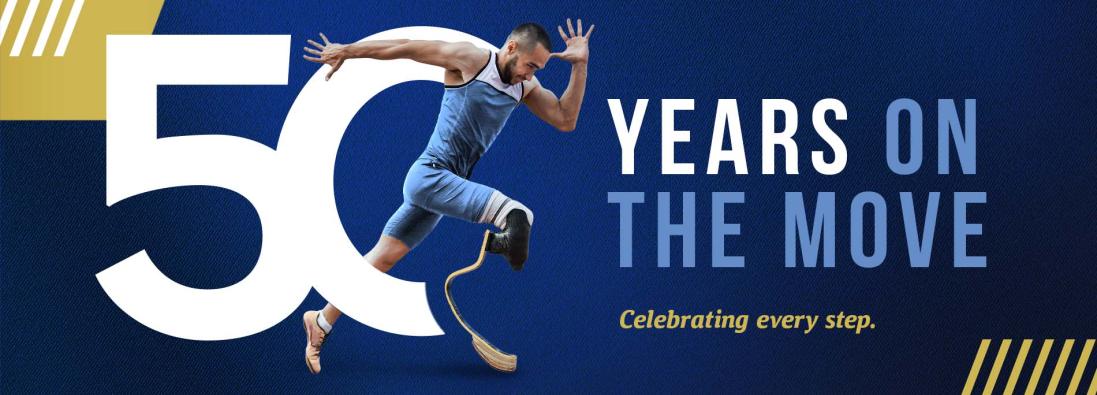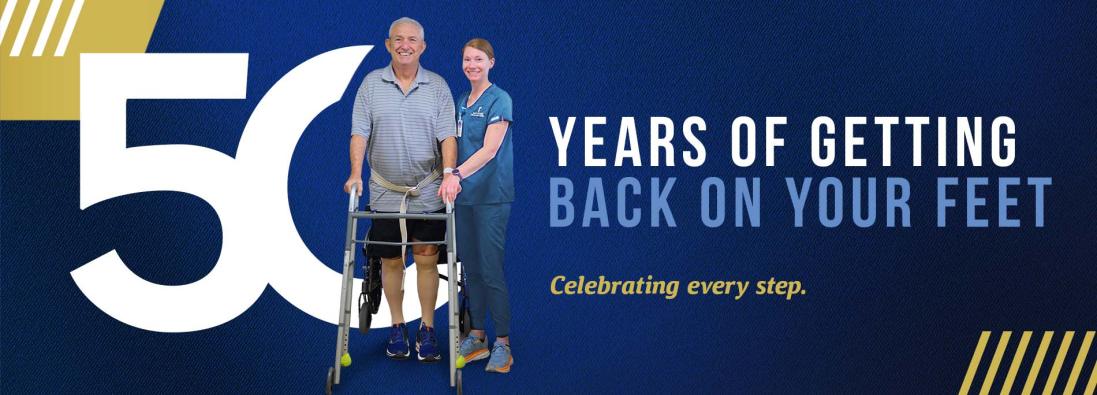
By Susan Christensen
Health and Research News Service
How does it feel to be crushed by an enormous electrical transformer?
Michael Savage says it’s like having a fully loaded truck trailer land in your lap. “The transformer was 15 feet tall, 12 feet long, 6 feet deep and it weighed 60,000 pounds,” said the 52-year-old resident of Poplar Grove, Ark. “It was like a small room.”
An electrical worker at the time, Savage was in a Newton steel mill, sitting cross-legged in front of the machine, when it suddenly tipped forward. As he tried to scramble to safety, a portion of the transformer fell on his lower body. The weight sliced off his right leg at the hip and shattered the femur and severed the toes on his left leg.
Yet Savage still managed to use his skills as a former firefighter to direct rescue efforts. “I was the only one who was calm,” he said. “I was saying someone is going to have to go raise the door so the rescue equipment can come in. I got tickled at the ambulance driver. He had heard that a man was mashed under 60,000 pounds and I knew he thought he was going to scoop up a body and take it to the funeral home.”
Instead, Savage was rushed to the University of Mississippi Medical Center in Jackson, where he received 78 units of blood and eventually underwent 15 surgeries. He spent a month in a coma, and at least six times his heart stopped beating.
Once his survival seemed assured, Savage turned his focus to “getting up and walking out.” But not everyone thought that was achievable. “Most people said I wouldn’t walk again because my left leg was so damaged and I had no right hip,” he said.
“People wanted us to send him to Memphis or Little Rock,” said his dad, John Savage. “But we went to Methodist Rehab because they were determined to make him walk. The therapists have done wonders.”
Savage came to Methodist to be custom-fitted with an Otto Bock C-Leg. Featuring onboard sensors and a built-in micro-computer, the artificial leg is a technological marvel that gives people with high-level amputations the confidence to walk again, said Chris Wallace, director of Methodist Rehab’s orthotics and prosthetics division.
“The C-Leg can analyze your gait 50 times per second and automatically adjust the prosthetic knee joint to adapt to different terrain. It’s like having an onboard clinician making adjustments as you take each step.”
Savage said his recovery has been enhanced by Methodist Rehab’s team approach to treating patients with amputations. Because his physician, prosthetists and physical and occupational therapists are all under one roof, they’ve been able to make timely adjustments to everything from the fit of his leg to the focus of his therapy sessions.
Savage also has benefited from input from Methodist prosthetist Brad Kennedy. An above-the-knee amputee, Kennedy was among the first C-Leg users in the United States and now travels the country training other practitioners on how to fit the leg. “He knew how to tell me how to get around easier,” Savage said. “It took a month before I quit watching my feet and legs.”
Wallace says an advantage of the CLeg is it can be fine-tuned to fit each patient’s gait. “While the patient is walking, we can use wireless technology to analyze parameters such as how much force is being applied to the foot or heel or how fast the knee is swinging when flexed. The goal is to have as normal and efficient a gait as possible.”
Savage gets a kick out of C-Leg features, including the ability to recharge the limb while on the road. “You know how you get in someone’s car and say, ‘Mind if I smoke?’ I say: ‘Mind if I plug into your cigarette lighter and charge my leg?’ ”
Chances are the leg will need plenty of re-charging, as Savage is a man with an active lifestyle. Although he can no longer do electrical work, he stays plenty busy “chasing the grandkids,” ages 7, 4 and 2.
“I hate to sit,” he says. “If I hadn’t gotten the C-Leg, I would have been in the shop making me one.”
